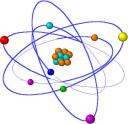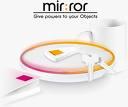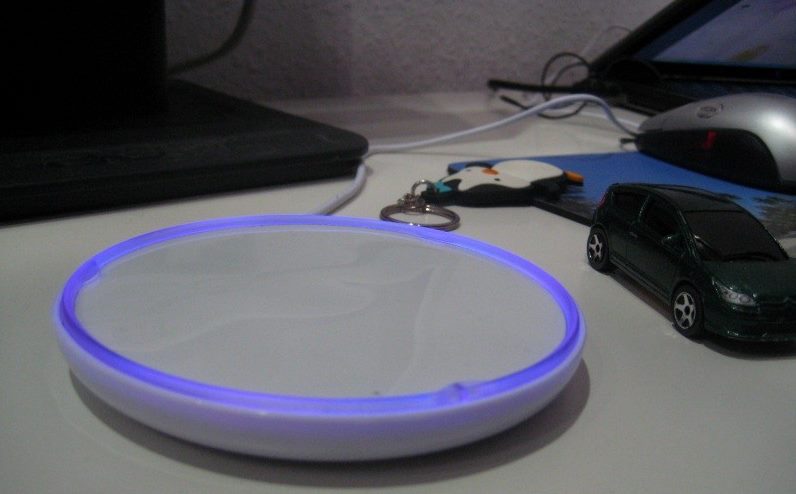Design Research and Innovation Event
Sunday, April 12th, 2009Many times in this blog I have argued that designing for a specific think-and-feel is a major source of innovation across industries. I am pulling those thoughts together into a two-hour workshop, Designing for How Minds Actually Work for the 2009 Design Research Conference to be held in Chicago this October. The abstract follows.
”We want products, services and experiences that are useful, easy to use, delight our senses and make us think-and-feel in a certain way. This last requirement, designing for a specific think-and-feel or set of mental states is an important innovation frontier for design researchers. The question is, how can we do it in a systematic and repeatable way?



 Time Magazine
Time Magazine


